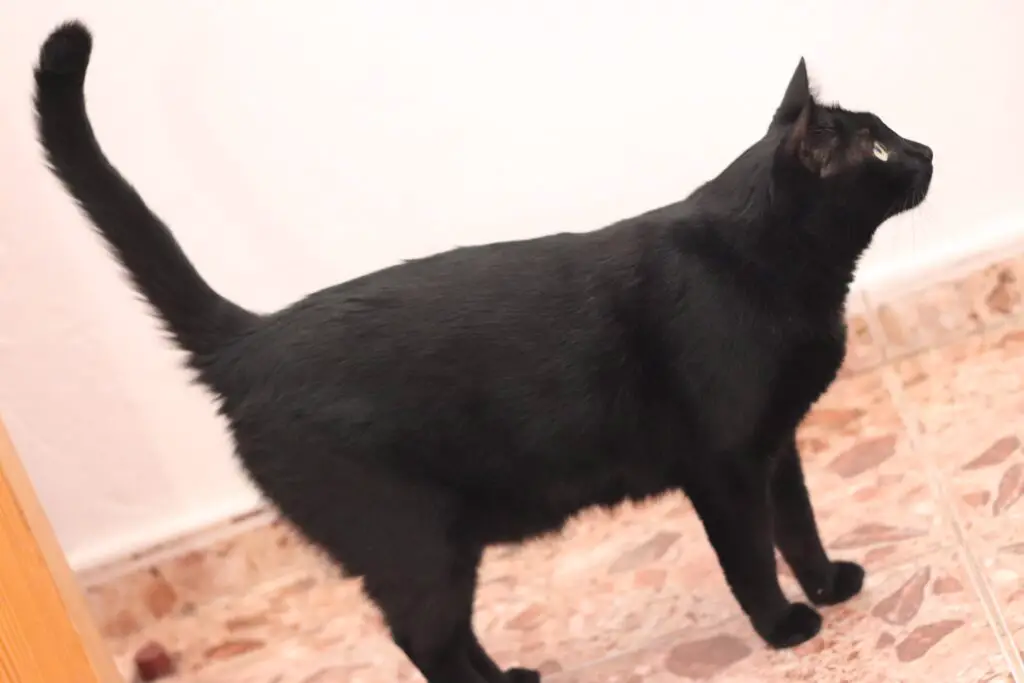
Cats are known for their mysterious ways, and their tails are no exception.
If you’re a cat lover, you’ve probably noticed that your feline friend’s tail can move in a variety of ways, each with a different meaning.
But what exactly is your cat’s tail trying to tell you?
The first thing to understand is that cats use their tails as a form of communication.
They use their tails to convey their mood, intent, and even their level of confidence.
A cat’s tail can say a lot about how they’re feeling, and understanding this “tail language” can help you understand your cat better and build a stronger bond with them.
A tail that’s held high is a sign of confidence, while a tail that’s tucked between the legs is a sign of fear or insecurity.
A tail that’s twitching or flicking quickly can indicate that your cat is excited, while a tail that’s slowly moving back and forth can indicate that your cat is feeling relaxed or content.
When a cat’s tail is puffed out, it’s usually a sign of aggression or fear.
This is because the cat is trying to make itself look bigger to intimidate or warn off any potential threats.
On the other hand, when a cat’s tail is wrapped around its body, it’s usually a sign of affection or trust.
This is because the cat is making itself look smaller and more vulnerable, indicating that it feels safe and secure.
Cats also use their tails to indicate their level of interest in something. For example, when a cat’s tail is held high and twitching, it’s a sign that the cat is interested in what’s happening around it.
It’s also worth noting that some cats are more expressive with their tails than others.
Some breeds, like Siamese, are known for being more active with their tails, while other breeds are more reserved.
Additionally, some cats may change their tail behavior as they age, possibly due to changes in their vision or hearing.
In conclusion, cats use their tails as a form of communication.
By understanding the different ways that cats move and hold their tails, you can gain insight into what your cat is feeling and thinking.
Pay attention to the context in which the tail behavior is happening, and remember that every cat is unique and may have their own way of communicating.
Lee Harris
Latest posts by Lee Harris (see all)
- Homemade Cat Cookies: A Purr-fect Treat for Any Occasion - February 7, 2024
- Chic Feline Elegance: Crafting a Multi-Tiered Black Cat Cake - February 6, 2024
- Purr-fectly Delicious: Black Cat-Themed Donut Delight - February 5, 2024

